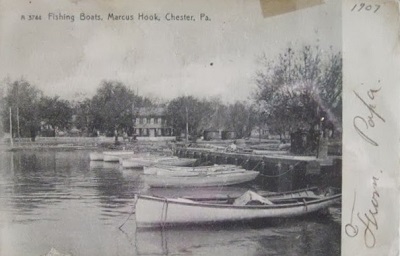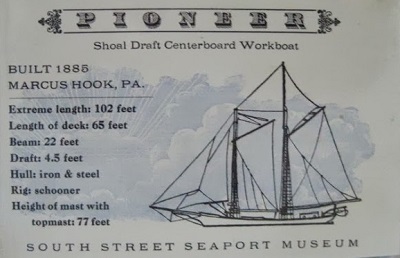The Chichester area--encompassing the townships of Upper and Lower Chichester as well as the boroughs of Marcus Hook and Trainer--is located along the southeastern border of Pennsylvania, adjacent to the state of Delaware and the Delaware River. The riverfront location had an important influence on the area's development. The river provided fertile water meadows for farming and later made the location ideal for mercantile ventures and industrial development. Marcus Hook was originally inhabited by Lenni Lenape, and became an early trading post for the Dutch, Swedes, and Finns in the 1640s.
"Sometimes the stories would relate to money buried along the shores of the Delaware and its tributary streams by pirates, who had slain a comrade or a captive that the murdered man should guard the blood-stained treasure ever from all save the hands of those who had sold themselves to perdition for the accursed gold."*



